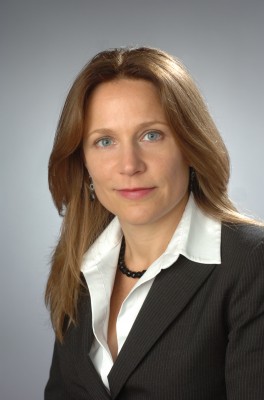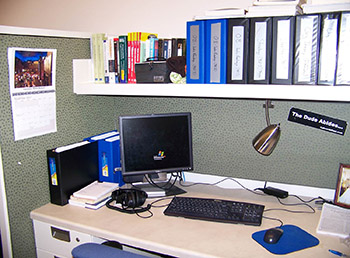Empowering Learners With Personalized Microcredentials, Stackable Badges
The University is enhancing its commitment to lifelong learning with digital badges, a tool that recognizes and authenticates the completion of microcredentials. The badges aim to support learners in their professional and personal development by showcasing achievements in short, focused…



